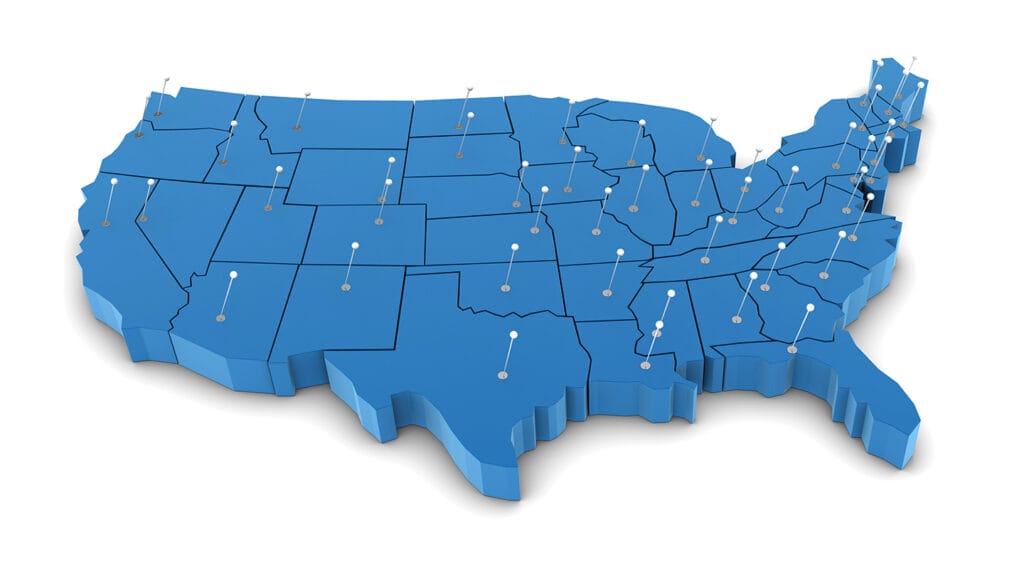Change is coming to home health and hospice. Not necessarily bad change, mind you. I’m speaking of the move to measure health equity in workplaces and among patient populations.
In the proposed hospice rule released in late March, the Centers for Medicare & Medicaid Services tipped its hand on the matter. It issued a Health Equity Request for Information. What is health equity? Here’s how CMS defines it:
“The attainment of the highest level of health for all people, where everyone has a fair and just opportunity to attain their optimal health regardless of race, ethnicity, disability, sexual orientation, gender identity, socioeconomic status, geography, preferred language, or other factors that affect access to care and health outcomes.”
In the proposed hospice rule, CMS is soliciting comment on four questions:
1. What efforts does your hospice employ to recruit staff, volunteers and board members from diverse populations to represent and serve underserved populations? How does your hospice attempt to bridge any cultural gaps between your personnel and beneficiaries/clients? How does your hospice measure whether this has an impact on health equity?
2. How does your hospice currently identify barriers to access in your community or service area? What are barriers to collecting data related to disparities, social determinants of health and equity? What steps does your hospice take to address these barriers?
3. How does your hospice collect self-reported data such as race/ethnicity, veteran status, socioeconomic status, housing, food security, access to interpreter services, caregiving status and marital status used to inform its health equity initiatives?
4. How is your hospice using qualitative data collection and analysis methods to measure the impact of its health equity initiatives?
Providers need to pay attention to this RFI, Katie Wehri, director of home health and hospice regulatory affairs for the National Association for Home Care & Hospice, said during a webinar Wednesday. This nod toward health equity is not a one-off; it is appearing in all proposed and final rules. Which means that, effectively, quantifying and monitoring health equity likely is coming to an agency or facility near you.
Given the statistics on racial disparities in hospice, the timing may be just right. In 2018, just 8.2% of the 1.49 million Medicare beneficiaries who received hospice care were Black, according to a study by National Hospice and Palliative Care Organization. The percentage remained static in 2020, even though the number of beneficiaries receiving hospice care increased to 1.55 million.
The prospect of having more reporting obligations, which adds to workload pressures, is not pleasant. But in the case of being able to make sure everyone who needs quality hospice care has access to it, there is an exception to the rule.
Liza Berger is editor of McKnight’s Home Care. Email her at [email protected].


